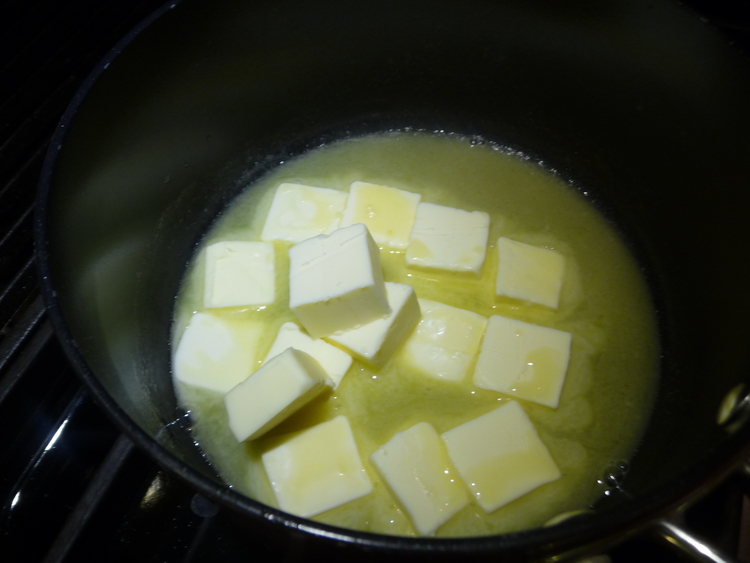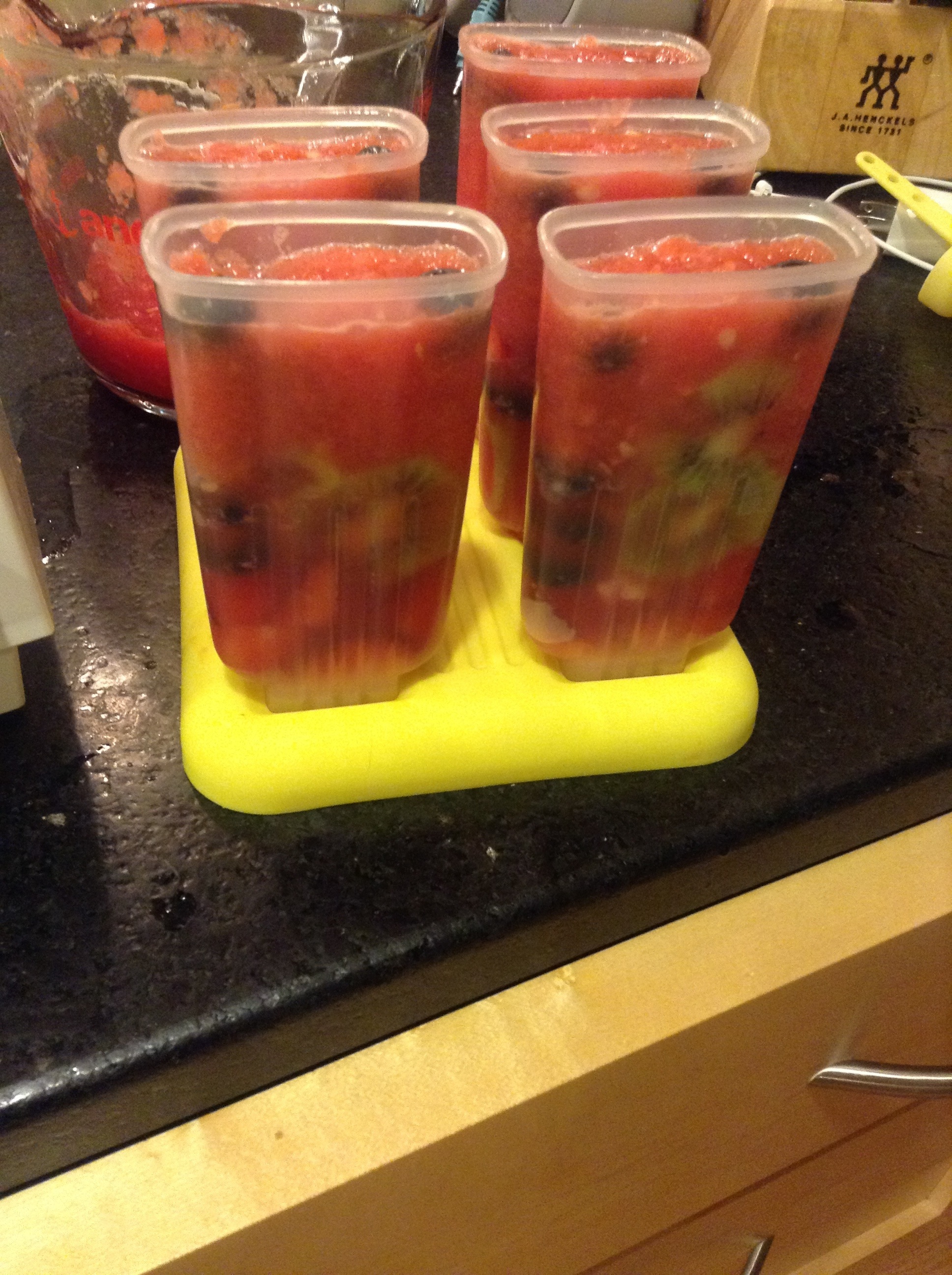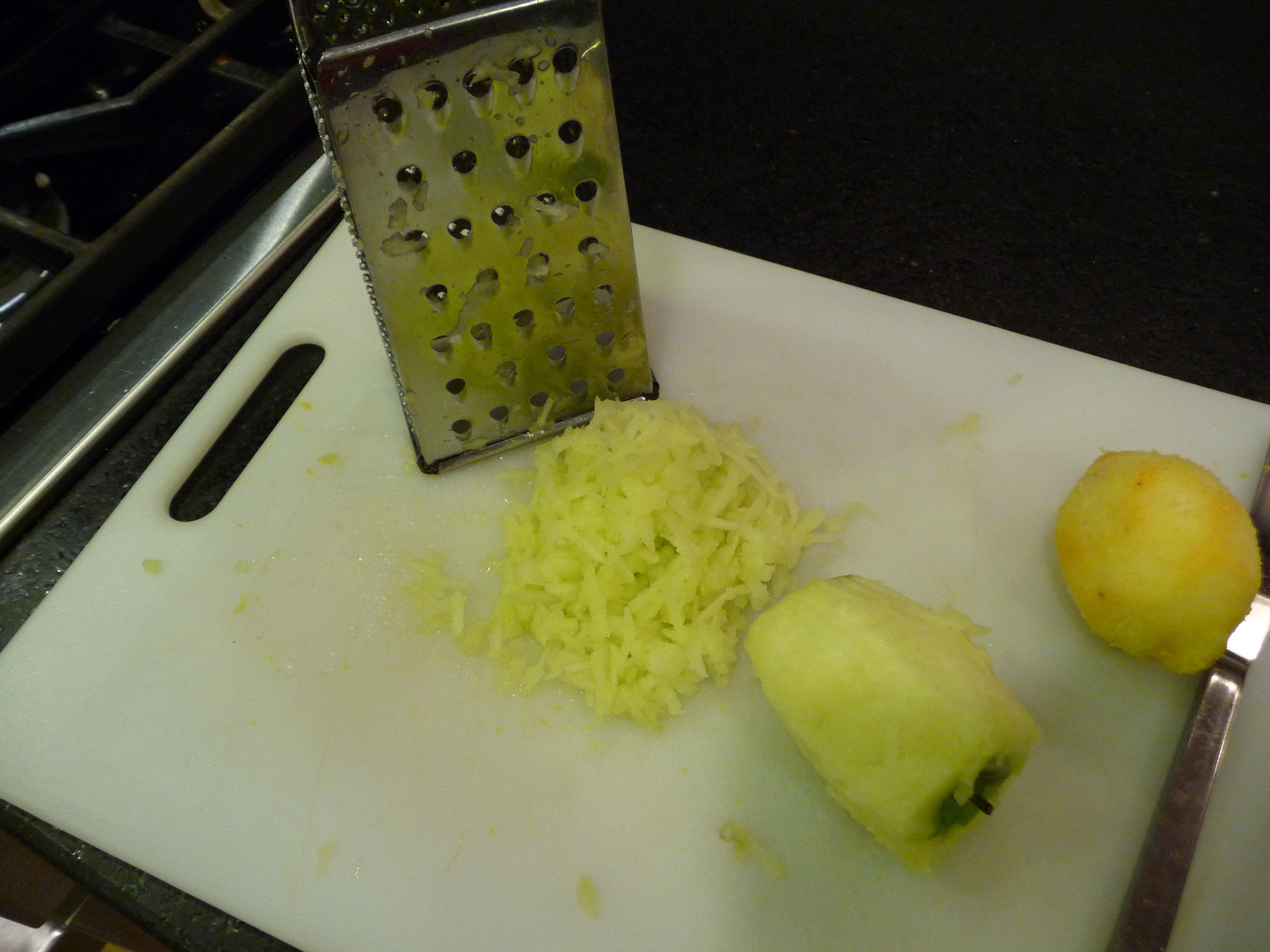These are Jeeps' favorite. They are light, lemony and just darling: the kind of small little cookie that you feel justified eating six at a time. You can make them any size, actually. They go equally well with tea, coffee or a glass of wine.
Lemon Poppyseed Crisps
- 1/4 cup fresh lemon juice, plus 3 1/2 tsp grated lemon zest (about 3 large lemons)
- 1 cup (2 sticks) unsalted butter
- 2 cups flour
- 1 tsp baking powder
- 1/2 tsp coarse salt
- 1 1/2 cups sugar
- 1 large egg
- 2 tsp vanilla extract
- 1 tbsp poppyseeds plus more for sprinkling
Note: lemon zest both refrigerates and freezes well. I make a lot of cookies that use citrus zest and it's a task I loathe. So along with pre-measuring dry ingredients, I take a night to zest oranges and lemons (say the bells of St. Clements) and store it until I'm ready.
Take 1 1/2 tsp of the grated lemon zest and mix it with 1/2 cup sugar in a small bowl or tupperware. Set aside or put in the fridge until you are going to make the cookies.
Bring lemon juice to a simmer in a small saucepan over medium heat. Cook until reduced by half. Add 1/2 cup (1 stick) of butter and stir until melted. Set aside.
Whisk together flour, baking powder, and salt in a medium bowl and set aside. Cream together the remaining 1/2 cup (1 stick) butter and 1 cup sugar. Add egg and reserved lemon butter, mix until pale, about 3 minutes. Mix in vanilla and remaining lemon zest. Reduce speed to low. Mix in flour mixture and poppyseeds.
Empty dough onto saran wrap, flatten into a disk and chill for an hour, or freeze until ready to use (thaw frozen dough in fridge first).
Roll dough into 1" - 2" balls, depending on how darling you want your cookies to be. Roll balls in lemon zest-sugar mixture and place on baking sheets. Press each with the bottom of a glass dipped in the sugar mixture to 1/4" thickness. Sprinkle with poppyseeds.
Bake 12-13 minutes at 350 until just browned around the edges.























































